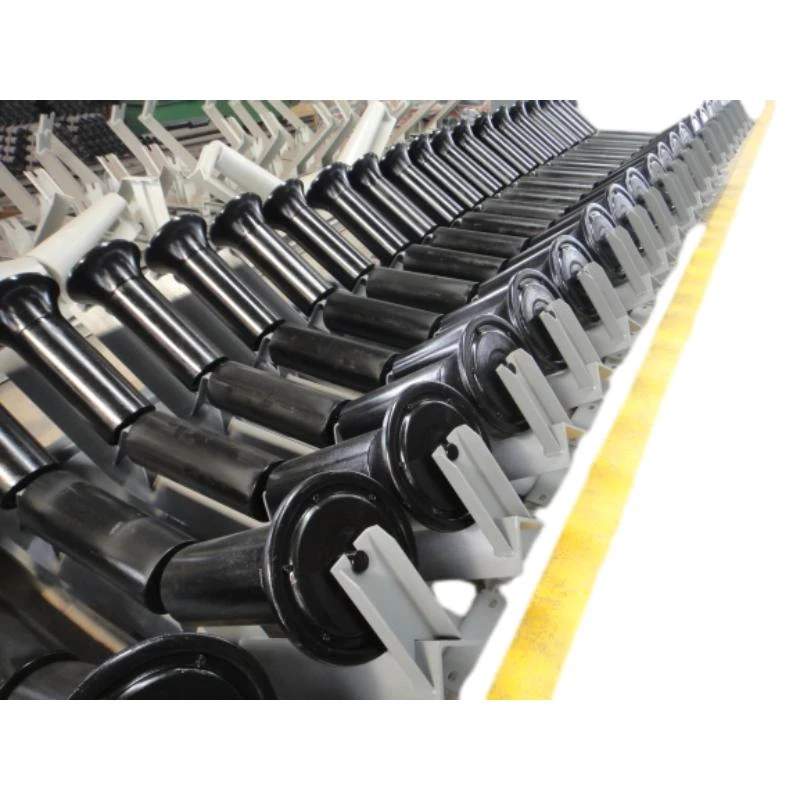 Afrikaans
Afrikaans  Albanian
Albanian  Amharic
Amharic  Arabic
Arabic  Armenian
Armenian  Azerbaijani
Azerbaijani  Basque
Basque  Belarusian
Belarusian  Bengali
Bengali  Bosnian
Bosnian  Bulgarian
Bulgarian  Catalan
Catalan  Cebuano
Cebuano  Corsican
Corsican  Croatian
Croatian  Czech
Czech  Danish
Danish  Dutch
Dutch  English
English  Esperanto
Esperanto  Estonian
Estonian  Finnish
Finnish  French
French  Frisian
Frisian  Galician
Galician  Georgian
Georgian  German
German  Greek
Greek  Gujarati
Gujarati  Haitian Creole
Haitian Creole  hausa
hausa  hawaiian
hawaiian  Hebrew
Hebrew  Hindi
Hindi  Miao
Miao  Hungarian
Hungarian  Icelandic
Icelandic  igbo
igbo  Indonesian
Indonesian  irish
irish  Italian
Italian  Japanese
Japanese  Javanese
Javanese  Kannada
Kannada  kazakh
kazakh  Khmer
Khmer  Rwandese
Rwandese  Korean
Korean  Kurdish
Kurdish  Kyrgyz
Kyrgyz  Lao
Lao  Latin
Latin  Latvian
Latvian  Lithuanian
Lithuanian  Luxembourgish
Luxembourgish  Macedonian
Macedonian  Malgashi
Malgashi  Malay
Malay  Malayalam
Malayalam  Maltese
Maltese  Maori
Maori  Marathi
Marathi  Mongolian
Mongolian  Myanmar
Myanmar  Nepali
Nepali  Norwegian
Norwegian  Norwegian
Norwegian  Occitan
Occitan  Pashto
Pashto  Persian
Persian  Polish
Polish  Portuguese
Portuguese  Punjabi
Punjabi  Romanian
Romanian  Russian
Russian  Samoan
Samoan  Scottish Gaelic
Scottish Gaelic  Serbian
Serbian  Sesotho
Sesotho  Shona
Shona  Sindhi
Sindhi  Sinhala
Sinhala  Slovak
Slovak  Slovenian
Slovenian  Somali
Somali  Spanish
Spanish  Sundanese
Sundanese  Swahili
Swahili  Swedish
Swedish  Tagalog
Tagalog  Tajik
Tajik  Tamil
Tamil  Tatar
Tatar  Telugu
Telugu  Thai
Thai  Turkish
Turkish  Turkmen
Turkmen  Ukrainian
Ukrainian  Urdu
Urdu  Uighur
Uighur  Uzbek
Uzbek  Vietnamese
Vietnamese  Welsh
Welsh  Bantu
Bantu  Yiddish
Yiddish  Yoruba
Yoruba  Zulu
Zulu Understanding the Mechanics of Taking Up a Pulley System for Efficient Operation
Understanding Take-Up Pulleys Their Function and Importance
Take-up pulleys are critical components in various mechanical systems, particularly in conveyor belts, cable lines, and other types of transportation and handling equipment. They are designed to maintain a certain amount of tension in the system, ensuring that the materials being transported or the cables being pulled are handled efficiently and effectively. In this article, we will explore the definition, function, and importance of take-up pulleys, along with their applications and maintenance tips.
What is a Take-Up Pulley?
A take-up pulley refers to a device used to manage the slack in a belt or cable mechanism. It allows for the adjustment of tension by providing a means to take up or release additional length of the material used. Typically, take-up pulleys are mounted on an adjustable frame that can be moved forward or backward to either tighten or loosen the associated belt or cable. This mechanism prevents excessive slack, which can lead to operational issues such as slippage, wear, and potential system failure.
Functions of Take-Up Pulleys
The primary function of a take-up pulley is to maintain proper tension within a belt or cable system. This tension is crucial for the efficient operation of machinery. Here are some key functions
1. Tension Regulation Take-up pulleys help regulate the tension in conveyor belts or cable systems. Proper tension ensures that materials are transported smoothly without interruptions or failures.
2. Compensation for Wear and Tear Over time, belts and cables undergo wear and lose their initial length due to stretching or abrasion. Take-up pulleys can adjust to compensate for this loss, maintaining tension and performance.
3. Reduction of Vibration An appropriately tensioned belt or cable reduces vibration, which in turn minimizes wear and promotes a longer lifespan for the equipment.
4. Alignment Maintenance By controlling tension, take-up pulleys help maintain proper alignment of the belt or cable, reducing the risk of misalignment that can lead to further operational issues.
5. Automatic Tension Adjustment Some advanced take-up pulleys are equipped with automatic tensioning systems that monitor the tension and adjust it in real-time to ensure optimal performance.
Applications of Take-Up Pulleys
take up pulley

Take-up pulleys are employed in various industries, including
- Mining Used in conveyor belts to transport minerals and ores. - Manufacturing Integrated into assembly lines to move products efficiently. - Logistics Found in warehouse systems to convey goods and materials. - Construction Used in cranes and hoists to handle construction materials.
In each of these applications, take-up pulleys optimize the performance and lifespan of machinery, reduce downtime, and improve operational efficiency.
Maintenance Tips for Take-Up Pulleys
To ensure the longevity and effectiveness of take-up pulleys, regular maintenance is essential. Here are some tips
1. Regular Inspections Check for wear and tear on the pulley, belt, and associated components. Look for signs of misalignment, fraying, or damage.
2. Proper Lubrication Ensure that the bearings and any moving parts are adequately lubricated to prevent friction and overheating.
3. Tension Checks Periodically check the tension of the belt or cable to ensure it is within the recommended range. Adjust the take-up pulley accordingly.
4. Cleanliness Keep the take-up pulley and surrounding area free from debris, dust, and other contaminants that could affect performance.
5. Replacement of Worn Parts Replace any worn or damaged components promptly to avoid larger issues down the line.
Conclusion
Take-up pulleys play an essential role in the functionality and efficiency of various mechanical systems. By maintaining proper tension and compensating for wear, they ensure that equipment operates smoothly, reduces the risk of failure, and enhances overall productivity. Understanding their importance and conducting regular maintenance will help organizations maximize the lifespan of their machinery while optimizing operational efficiency. In the fast-paced industrial environment, take-up pulleys are indeed a small but mighty component that deserves attention and care.
-
Revolutionizing Conveyor Reliability with Advanced Rubber Lagging PulleysNewsJul.22,2025
-
Powering Precision and Durability with Expert Manufacturers of Conveyor ComponentsNewsJul.22,2025
-
Optimizing Conveyor Systems with Advanced Conveyor AccessoriesNewsJul.22,2025
-
Maximize Conveyor Efficiency with Quality Conveyor Idler PulleysNewsJul.22,2025
-
Future-Proof Your Conveyor System with High-Performance Polyurethane RollerNewsJul.22,2025
-
Driving Efficiency Forward with Quality Idlers and RollersNewsJul.22,2025





























